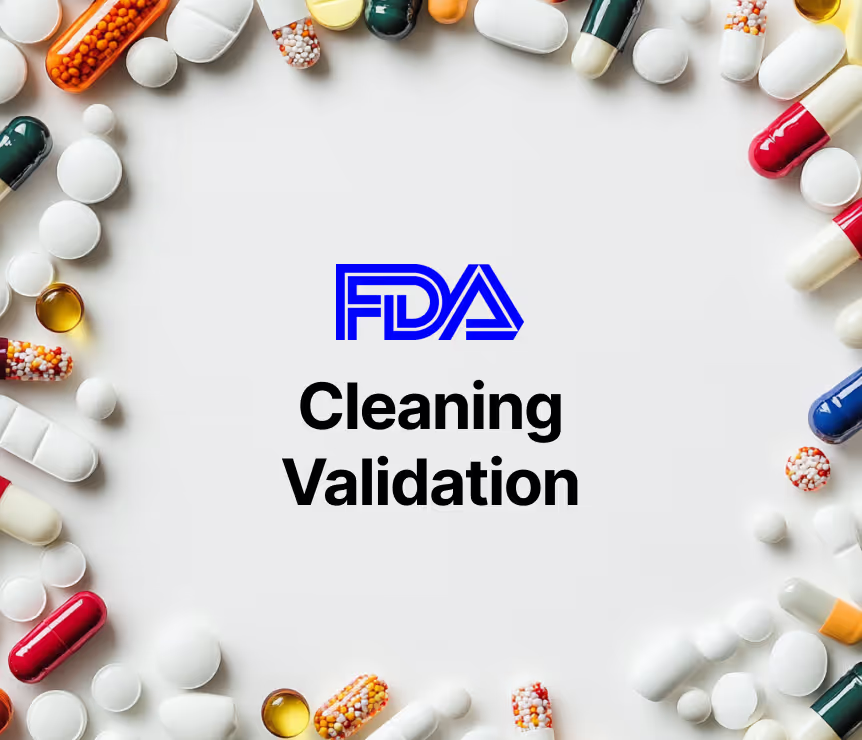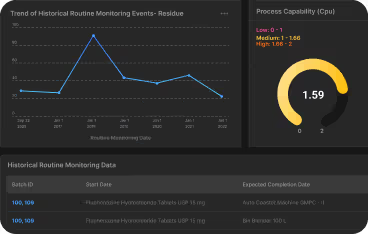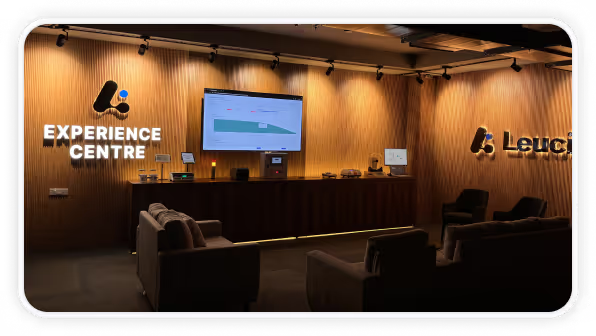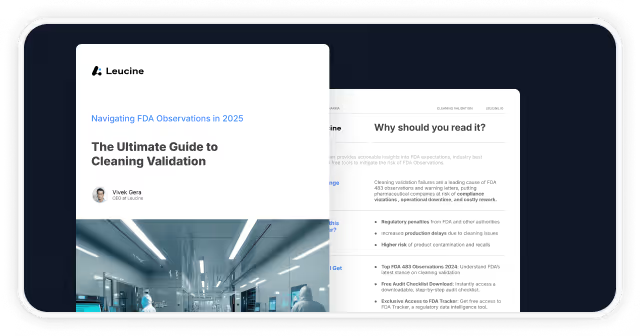Top 5 FDA Investigators Flagging Cleaning Validation FDA Issues

Top 5 FDA Investigators Flagging Cleaning Validation FDA Issues
Cleaning validation continues to be a top focus area during FDA inspections — especially in multi-product facilities where cross-contamination risks run high.
But here’s what most pharma teams miss:
It’s not just what the FDA is looking for, but who is looking.
Using real-world data from FDA Tracker, we’ve identified the investigators who are most active in issuing cleaning validation-related observations. Instead of tracking just numbers (which can change), we’ve focused on:
- The types of issues they flag
- The companies they’ve inspected
- And what it means for your next audit
Let’s break it down.
1. Justin A Boyd
Known for his inspections at Cipla, Biocon, and Eurovet, Justin consistently highlights lapses in equipment cleaning procedures, inadequate visual inspections, and poor documentation of hard-to-clean areas.
He focuses on systems where cleaning effectiveness isn’t verified — especially in facilities handling high-potency or sensitizing agents.
2. Anastasia M Shields
From Eugia to Fresenius Kabi and Kilitch Healthcare, Anastasia has flagged sites for incomplete validation studies, particularly in setups involving shared equipment.
Common gaps she identifies include missing re-validation after equipment modifications and lack of proper residue limit justification.
3. Pratik S Upadhyay
In inspections at Zhejiang Huahai, Baxter, and Granules India, Pratik has focused on unscientific acceptance criteria for residue levels and lack of consistency in cleaning protocols.
His reviews often uncover non-validated rinse/swab methods and insufficient documentation of cleaning cycles.
4. Joseph A Piechocki
Joseph has inspected sites like Cipla, Granules India, and Laurus Synthesis, and regularly flags manual cleaning processes that lack robust validation.
He also emphasizes inadequate hold time studies and cleaning agent qualification — areas often overlooked in fast-paced manufacturing setups.
5. Jonah S Ufferfilge
With inspections at Brookfield, SCA Pharmaceuticals, and Cipla, Jonah tends to highlight unclear sampling locations, poorly documented investigations of cleaning failures, and gaps in operator training for cleaning procedures.
Stay One Step Ahead: Download the Cleaning Validation Audit-Readiness Checklist
Before your next inspection, ask yourself:
- Are your cleaning validation protocols aligned with current FDA expectations?
- Are your acceptance limits scientifically justified?
- Is re-validation triggered by every significant change?
Download our FREE Audit-Readiness Checklist (PDF) – designed using patterns identified from FDA 483s tracked on FDA Tracker.
This checklist includes:
- Core documents inspectors look for
- Triggers that demand cleaning re-validation
- Common root causes behind recent Form 483s
- Preventive steps to reduce repeat findings
Want to Know What Investigators Are Focusing on Right Now?
FDA Tracker is the fastest way to track real-time trends in Form 483 observations — including cleaning validation, equipment qualification, documentation, and more.
Instantly access:
- FDA 483s by subsystem or topic
- Investigator profiles with inspection history
- Company-wise observation timelines
- Escalation patterns from 483 to Warning Letters
Be the first to know what’s changing – and why. Start exploring FDA Tracker today.
Final Takeaway
The FDA's expectations for cleaning validation are no longer generic. Investigators are digging deeper into documentation quality, risk-based validation, and data integrity around cleaning cycles. If your team still relies on outdated SOPs or spreadsheets, it’s time to modernize.
Effortlessly automate cleaning validation and ace every audit with confidence.
Frequently Asked Questions























